Refine search
Actions for selected content:
23990 results in Ancient history
CHAPTER VI - THE TRANSFORMATION OF GRAVE-GOODS
-
- Book:
- The Urbanisation of Etruria
- Published online:
- 05 November 2014
- Print publication:
- 28 December 2009, pp 141-176
-
- Chapter
- Export citation
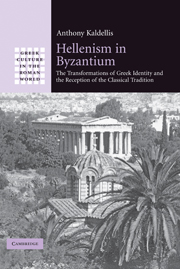
Hellenism in Byzantium
- The Transformations of Greek Identity and the Reception of the Classical Tradition
-
- Published online:
- 24 December 2009
- Print publication:
- 31 January 2008

Public Order in Ancient Rome
-
- Published online:
- 24 December 2009
- Print publication:
- 21 September 1995
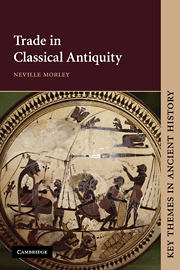
Trade in Classical Antiquity
-
- Published online:
- 23 December 2009
- Print publication:
- 19 April 2007
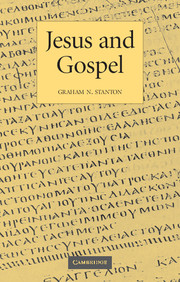
Jesus and Gospel
-
- Published online:
- 21 December 2009
- Print publication:
- 08 July 2004
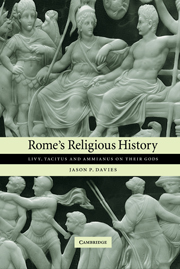
Rome's Religious History
- Livy, Tacitus and Ammianus on their Gods
-
- Published online:
- 21 December 2009
- Print publication:
- 10 January 2005
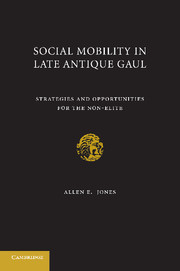
Social Mobility in Late Antique Gaul
- Strategies and Opportunities for the Non-Elite
-
- Published online:
- 18 December 2009
- Print publication:
- 20 July 2009
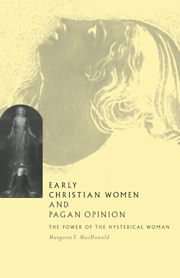
Early Christian Women and Pagan Opinion
- The Power of the Hysterical Woman
-
- Published online:
- 15 December 2009
- Print publication:
- 03 October 1996
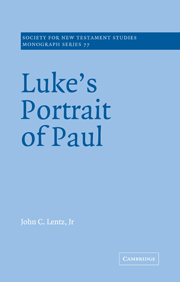
Luke's Portrait of Paul
-
- Published online:
- 10 December 2009
- Print publication:
- 04 March 1993
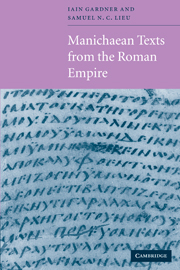
Manichaean Texts from the Roman Empire
-
- Published online:
- 10 December 2009
- Print publication:
- 03 June 2004

Geography in Early Judaism and Christianity
- The Book of Jubilees
-
- Published online:
- 10 December 2009
- Print publication:
- 18 July 2002
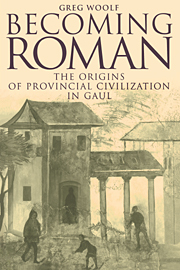
Becoming Roman
- The Origins of Provincial Civilization in Gaul
-
- Published online:
- 09 December 2009
- Print publication:
- 08 October 1998

The Written Gospel
-
- Published online:
- 07 December 2009
- Print publication:
- 28 July 2005
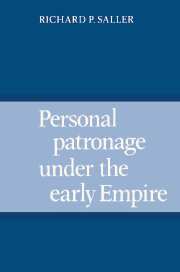
Personal Patronage under the Early Empire
-
- Published online:
- 03 December 2009
- Print publication:
- 03 June 1982
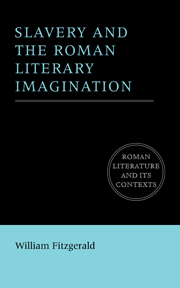
Slavery and the Roman Literary Imagination
-
- Published online:
- 03 December 2009
- Print publication:
- 09 March 2000

Oral Tradition and Written Record in Classical Athens
-
- Published online:
- 03 December 2009
- Print publication:
- 09 March 1989
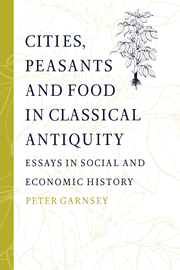
Cities, Peasants and Food in Classical Antiquity
- Essays in Social and Economic History
-
- Published online:
- 02 December 2009
- Print publication:
- 28 May 1998
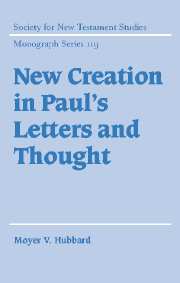
New Creation in Paul's Letters and Thought
-
- Published online:
- 02 December 2009
- Print publication:
- 11 July 2002
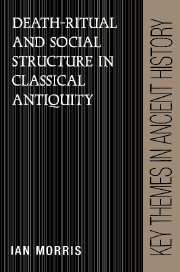
Death-Ritual and Social Structure in Classical Antiquity
-
- Published online:
- 02 December 2009
- Print publication:
- 22 October 1992

Empire and Memory
- The Representation of the Roman Republic in Imperial Culture
-
- Published online:
- 02 December 2009
- Print publication:
- 11 August 2005
